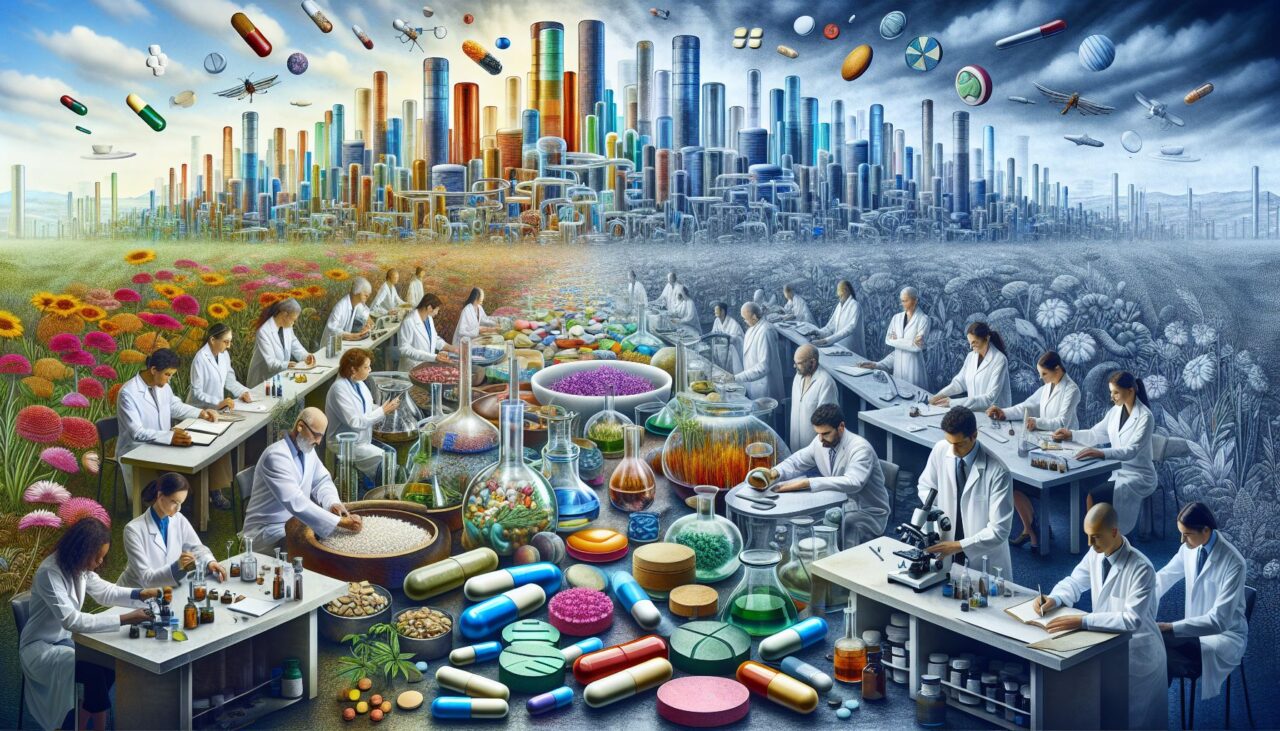The pharmaceutical industry is an integral part of our healthcare system. It plays a crucial role in the development, production, and distribution of medications that improve and save lives. Over the years, this industry has witnessed significant advancements, but it also faces numerous challenges. Let’s explore the evolving landscape of the pharmaceutical world.
Introduction
The pharmaceutical world is a complex and dynamic field characterized by constant innovation and a commitment to improving global health. The industry encompasses a diverse range of activities, including drug discovery, clinical trials, regulatory approval, and manufacturing. Its primary goal is to ensure the availability of safe and effective medications to meet the needs of patients worldwide.
The Changing Face of Drug Discovery
The process of drug discovery has come a long way. It traditionally involved identifying chemical compounds, screening them for therapeutic potential, and conducting preclinical and clinical trials. However, with advances in technology and a better understanding of disease mechanisms, new approaches have emerged.
Today, drug discovery is not limited to the laboratory. Computational methods, such as artificial intelligence and machine learning, are being employed to identify potential drug candidates more efficiently. This has greatly accelerated the discovery and development of new medications, driving innovation in the field.
The Rise of Biopharmaceuticals
Biopharmaceuticals, also known as biologics, have gained significant importance in recent years. These are medications manufactured using living organisms or their components, such as proteins, antibodies, or genetic material. Biopharmaceuticals have revolutionized the treatment of various diseases, including cancer, autoimmune disorders, and genetic disorders.
Unlike traditional small molecule drugs, biopharmaceuticals are more complex and expensive to develop and produce. However, their specificity and efficacy make them invaluable in treating previously untreatable conditions. With the advancement of biotechnology, we can expect an increasing number of biopharmaceuticals to enter the market.
Regulatory Challenges and Cost-Effectiveness
The regulatory landscape in the pharmaceutical world has become more rigorous over the years. Authorities around the globe are dedicated to ensuring the safety, efficacy, and quality of medications. This involves stringent oversight of clinical trials, adherence to Good Manufacturing Practices (GMP), and continuous post-marketing surveillance.
However, these regulations can sometimes create challenges. The prolonged regulatory processes can delay patients’ access to life-saving medications. Moreover, the high cost of developing and manufacturing pharmaceuticals often leads to skyrocketing drug prices, impacting affordability and accessibility for many individuals.
Conclusion
The pharmaceutical world continues to evolve, driven by advancements in technology, changing disease patterns, and regulatory requirements. Innovative approaches to drug discovery and the rising importance of biopharmaceuticals have revolutionized treatment options for patients. However, challenges regarding regulatory processes and cost-effectiveness persist.
As this dynamic industry keeps progressing, collaboration between pharmaceutical companies, regulatory authorities, healthcare providers, and patient advocacy groups becomes increasingly vital. With combined efforts, we can ensure that safe, effective, and affordable medications reach those who need them, contributing to improved global health and well-being.
